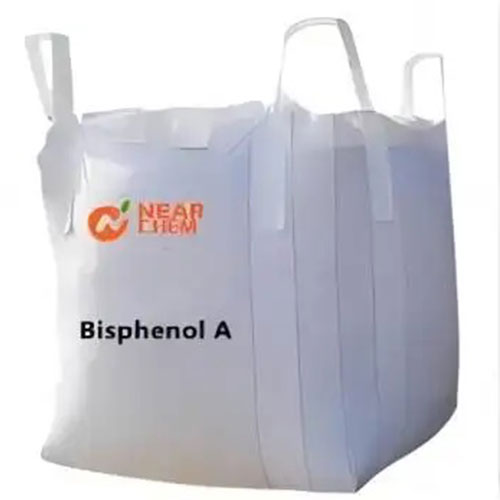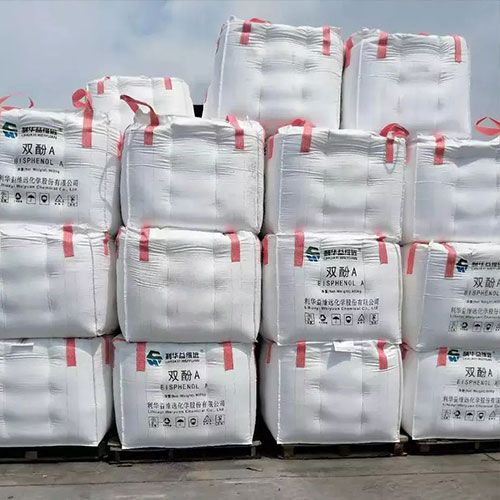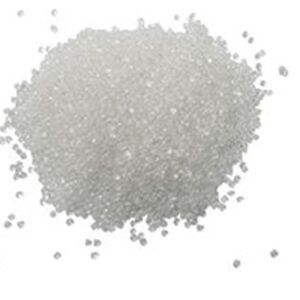Product introduction
Bisphenol A (BPA) is a chemical compound primarily used in the manufacturing of various plastics. It is a colourless solid which is soluble in most common organic solvents, but has almost no solubility in water.
BPA’s largest single application is as a co-monomer in the production of polycarbonates, which accounts for 65-70% of all BPA production. The manufacturing of epoxy resins and vinyl ester resinsaccount for 25-30% of BPA use. As a minor additive in PVC, polyurethane, thermal paper, and several other materials. It is not a plasticizer, although it is often wrongly labelled as such.
| Product name | 24-88 PVA / 088-50 PVA |
| Appearance | White granular, no mechanical impurities |
| BPA,ω/% | 99.93 |
| Phenol,w/% | 0.0007 |
| 2,4-isomer,w/% | 0.013 |
| Crystallization point,℃ | 156.7 |
| Melting color,Hazen | >15≤25 |
| Water,ω/% | 0.03 |
| Conclusion | Inspector |
1.Polycarbonates
Between about 65-70% of all bisphenol A is used to make polycarbonate plastics, which can consists of nearly 90% BPA by mass.
2.Epoxy and vinyl ester resins
About 25-30% of all BPA is used in the manufacture of epoxy resins and vinyl ester resins.
3. Minor uses
The remaining 5% of BPA is used in a wide range of applications, many of which involve plastic.
4.Plastics
–As a major component
* Polycyanurates can be produced from BPA by way of its cyanate ester.
* Polyetherimides can be produced from BPA. They are used in medical devices and other instrumentation.












